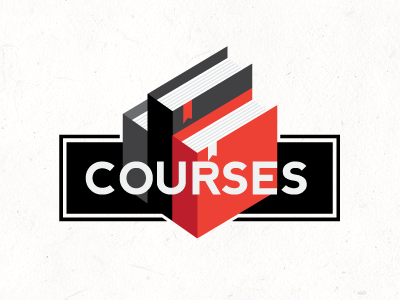There are several reasons why probation has proven to be a successful alternative to incarceration. Our text advocates the advantages of probation by judges and corrections and justice system with
- Use existing community resources to assist offenders to address their personal and individual problems.
- Saves fiscal resources over the cost of imprisonment.
- Avoids prisonization, a process that tends to exacerbate the underlying causes of criminal behavior in an artificial setting that lessens the ability of the prisoner to function when released to society.
- Keeps offenders’ families and dependents off local welfare rolls. (Allen, H. Ed. 14)
Also probation is a tailored method that focuses not only on the lawbreaker but also on the injured party. I feel that the main reason probation proved to be a victory is because it help prevent overcrowding and is very cost effective. “The average daily cost of supervising a probationer in fiscal year 2008 was $3.42, while the average daily cost of keeping an inmate in prison is $78.95.” The financial aspect alone is more than enough reason to successful alternative to incarceration.
The one way probation can get better is if all probation officers and agency use the EPICS model. Improvement skills, with education training and managing of officers to achieve correctional objectives. EPICS in particular, provide a series of skill-honing approaches that lessen client resistance and hostility and commonly encounter. “Initial research indicates that trained officers have higher caseload retention rates, fewer technical violations, and fewer new arrest than untrained officers.” (Allen, H. Ed. 14)

